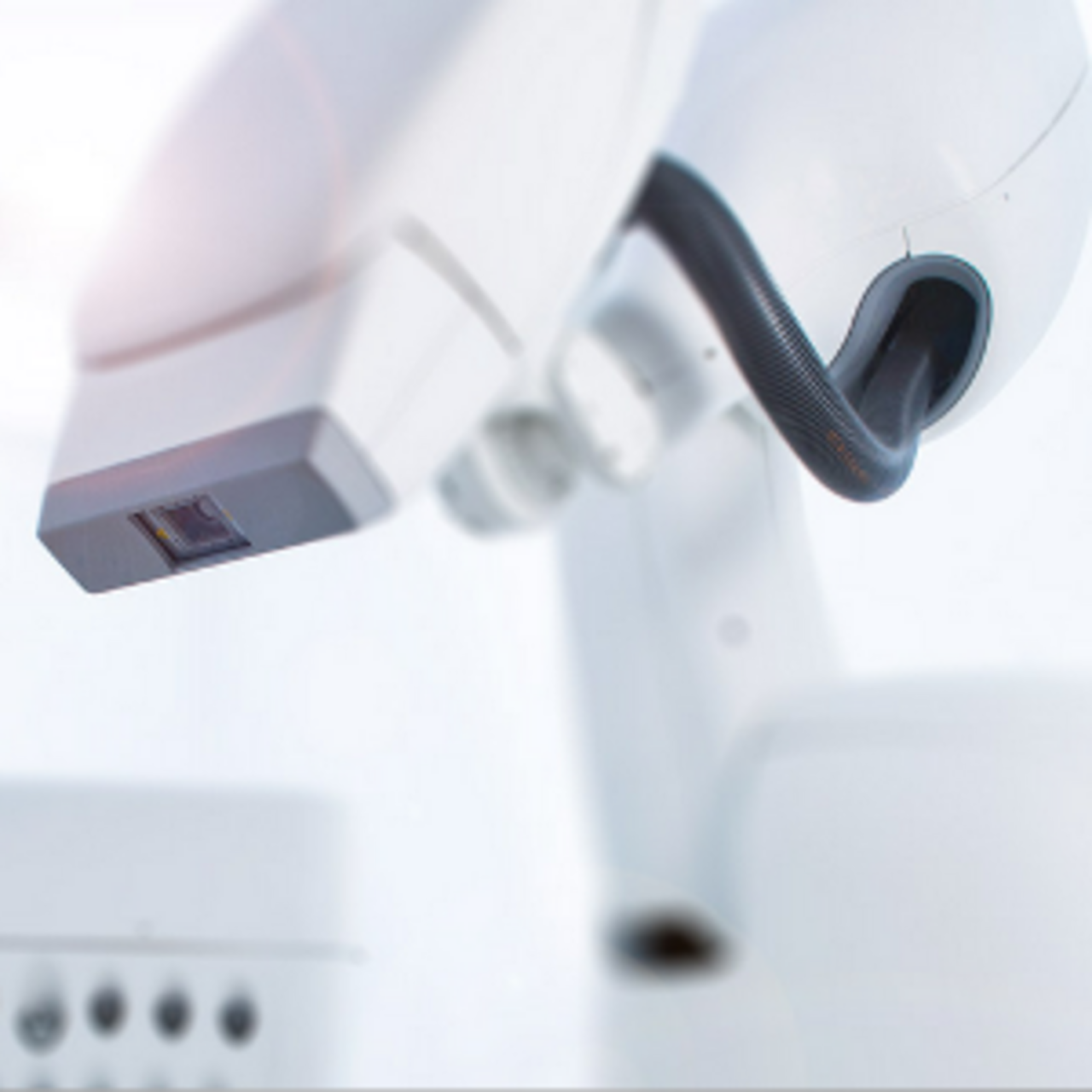Specialists in Acoustic Neuroma
15 Specialists found
Radiological Alliance – Interdisciplinary Center for Radiosurgery
Radiation Therapy / Gamma Knife
Hamburg
Information About the Field of Acoustic Neuroma
What Is an Acoustic Neuroma?
Neurinomas are usually benign, slowly growing tumors. They originate from the Schwann cells. Schwann cells develop supporting and enveloping cells of nerve cells. Their task is to isolate the nerve fibers over the entire distance electrically. Neurinomas can, therefore, occur wherever Schwann cells exist, i.e., anywhere in the entire peripheral nervous system. The supporting and enveloping function is taken over by other cells in the central nervous system. Specific localizations are above all the vestibulocochlear nerve. This tumor is called acoustic neuroma. The growth usually occurs in the inner ear canal. It slowly expands from there into the cerebellar bridge angle, which leads to pressure on the nerves vestibular and cochlear nerves and symptoms.
Acoustic Neuroma Causes and Frequency
The cause for the development of an acoustic neuroma is still unknown. Therefore, there is no possibility of causal prevention. In very rare cases, the tumors occur on both sides in the context of neurofibromatosis type 2 (Recklinghausen disease), which is a hereditary disease.
Acoustic Neuroma Symptoms
The symptoms begin insidiously. Since the acoustic neuroma spreads in the inner ear canal, leaving little room for evasion, the first symptoms are caused by pressure on the nerves running there. The vestibulocochlear nerve transmits information from the inner ear and the equilibrium organ, increasing unilateral hearing loss. Also, gait insecurity and dizziness may occur. As the tumor continues to grow, pressure may be exerted on other facial nerves, which leads to sensory disturbances and movement disorders in the facial muscles.
How Is an Acoustic Neuroma Diagnosed?
In modern medicine, there are many ways to diagnose an acoustic neuroma efficiently and quickly. First, the patient is asked about his symptoms and medical history. Besides, other causes, such as medication or stress, should be excluded. In a hearing test, the reduced hearing ability can be verified, and the extent assessed. A balance test can show whether this part of the vestibulocochlear nerve is also affected. The final diagnosis is made with imaging techniques. Magnetic resonance imaging (MRI) is well suited for imaging soft tissue. MRI is, therefore, the method of choice for visualizing an acoustic neuroma. The location and size of the tumor can be assessed on the images. This information plays a significant role in selecting therapy and serves as a starting point for monitoring the progress and success of treatment.
Acoustic Neuroma Therapy
The size of the acoustic neuroma is decisive for the choice of therapy. In small tumors or minor symptoms, a watch and wait strategy under regular hearing tests and MRI is pursued. If the tumor size is less than 25mm, but clinical signs are noticed, irradiation is carried out. The aim is to regress the tumor or contain its growth. Tumors that are larger than 25mm with rapid symptoms progress should be surgically removed. The surgery is carried out under constant monitoring of the nerves running through the tumor. The goal is to eradicate the tumor.
Acoustic Neuroma Irradiation
Acoustic neuroma was the first tumor to be irradiated by radiosurgery using a gamma knife or CyberKnife. The aim is to stop the tumor growth, which is successful in 90% of the cases. The hearing can be preserved in most cases by non-invasive treatment.
Acoustic Neuroma Surgery
There are three access routes for acoustic neuroma removal. Depending on the tumor's location and size, the surgeon chooses access either via the temporal region, the inner ear, or the posterior fossa. Access via the inner ear can lead to complications such as damage to the auditory nerve and irreversible hearing loss on this side. This risk and other risks must be discussed in detail with the patient before surgery.
Acoustic Neuroma Prognosis
If diagnosed and treated in time, the chances of success are good because acoustic neuroma is a benign tumor that usually does not spread to other tissues. During surgery or irradiation, the tumor can be removed while maintaining hearing in more than half of the cases.
Which doctors and clinics are acoustic neuroma specialists?
Acoustic neuroma primarily falls within the field of ear, nose, and throat medicine (ENT). ENT specialists are responsible for diagnosis and follow-up. If radiation is necessary, the patient is referred to a specialist for radiotherapy.
We will help you to find an expert for your disease. All listed physicians and clinics have been reviewed by us for their outstanding specialization in acoustic neuroma and await your inquiry or treatment request.
Sources:
- Mumenthaler, Mattle: Neurologie. 12. Auflage. Thieme 2008, ISBN 978-3-133-80012-9.
- Masuhr, Neumann: Duale Reihe Neurologie. 6. Auflage. Thieme 2007, ISBN 978-3-131-35946-9.
- Wannemacher et al. (Hrsg.): Strahlentherapie. 2. Auflage. Springer 2013, ISBN 3-540-88304-5.
- Berlit: Klinische Neurologie. 3. Auflage. Springer 2011, ISBN 978-3-642-16920-5.
- Schwenzer, Ehrenfeld: Mund-Kiefer-Gesichtschirurgie. 4. Auflage. Thieme 2010, ISBN 978-3-131-63084-1.
- Schlegel: Neuroonkologie. Thieme 2003, ISBN 978-3-131-09062-1.
- Huck: Gehirn, Nervensystem und Schmerz. facultas.wuv / maudrich 2010, ISBN 978-3-708-90538-9.
- Mumenthaler et al.: Läsionen peripherer Nerven und radikuläre Syndrome. 10. Auflage. Thieme 2014, ISBN 978-3-131-57710-8.
- Rummeny: Ganzkörper-MR-Tomographie. Thieme 2006, ISBN 978-3-131-25012-4.
- Urban: Erkrankungen des Hirnstamms. Schattauer 2008, ISBN 978-3-794-52478-5.














